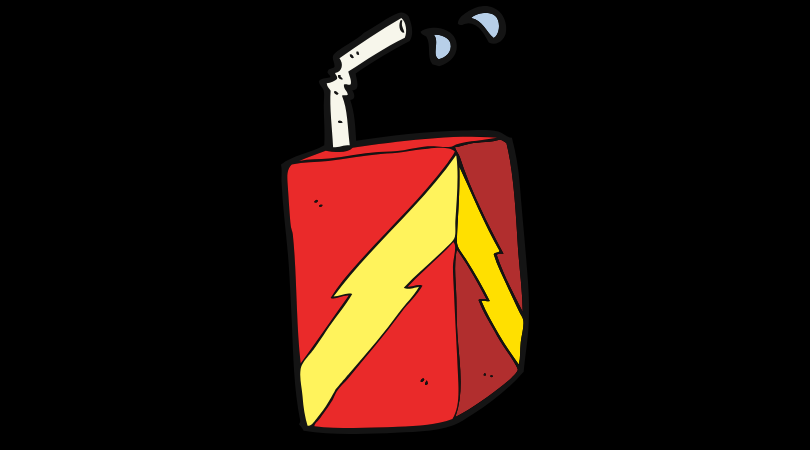— December 15, 2018

Canva.com
You are going to be wrong. It might be about the product, packaging, pricing, merchandising, channel, messaging, or all of it. If you think that what you launch with will be what you win with, you’re dreaming. This is harsh but true and how you respond will determine if you succeed.
When we give birth to a brand or idea, we fall in love with it. We risk being blinded by our passion and belief. That blindness is dangerous. You cannot afford to drink your own Kool-Aid.
Branding is an activity. It is the art and science of aligning what you want consumers to believe with what they actually believe. Therefore, it is iterative and requires a middle ground. It is a two-way exchange of information. As a brand owner, you educate your consumers about what your brand does for them, how it makes their lives better. In turn, they provide feedback as to the value of that and if it resonates with them.
This is an oversimplification, but what I am trying to illustrate is the feedback loop that exists and is too often is ignored. In the early days of a brand what you start with our assumptions. You shouldn’t launch a product based on assumptions. Rather, you should use the market to validate them. You should look to fail.
Here is what happens in far too many cases. A new product is commercialized, everyone is excited about it. They feel that it fills an unmet need and that there is white space in the market. The product is launched in a broad swath of retailers with the appropriate fanfare and a lot of free-fills. 60-days later the velocity numbers are lackluster and well below the viability threshold. So, what is the reaction? Aggressive TPRs ramped up demos, increased Google Adwords spend, and a big influencer campaign. Six months later, the velocity numbers still stink, there is very little runway left and investors are no longer excited. And, maybe at this point, there is a realization that there is a need to pivot or refine. It’s too late.
I am going to state this again. Some of your assumptions are going to be wrong. You should never “launch” a product before you validate your hypothesis. This doesn’t have to be a small test, it can be a significant rollout. What is important is to design a scalable controlled experiment. Build in milestones, create a feedback mechanism that allows the market to inform you and make certain that you listen. Then, adjust quickly. Don’t lean and do what was outlined above. Rather, look for the assumptions that have proven false, take action, and make the needed changes.
Admittedly, there is a risk to knee-jerking. You need to allow the appropriate time to validate, your milestones need to be well constructed, realistic, and indicative of future performance. Do that and react with the need urgency, you’ll have vastly increased your chances of success.
Don’t drink your own Kool-Aid. Instead, look to fail. Find the flaws in your assumptions. If you stress test them, you will get the feedback in the timeframe you need to refine your offer. Making the right changes quickly can be the difference between a winning brand and a losing one.
Business & Finance Articles on Business 2 Community
(50)
Report Post







